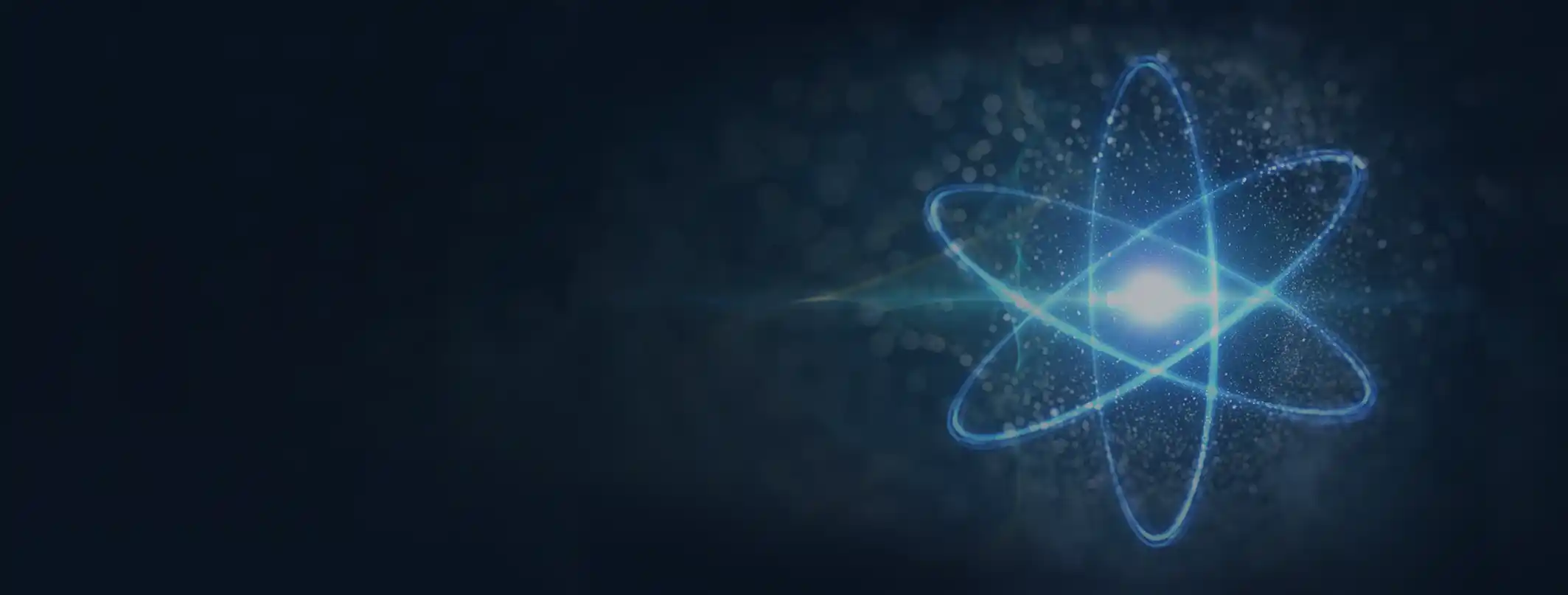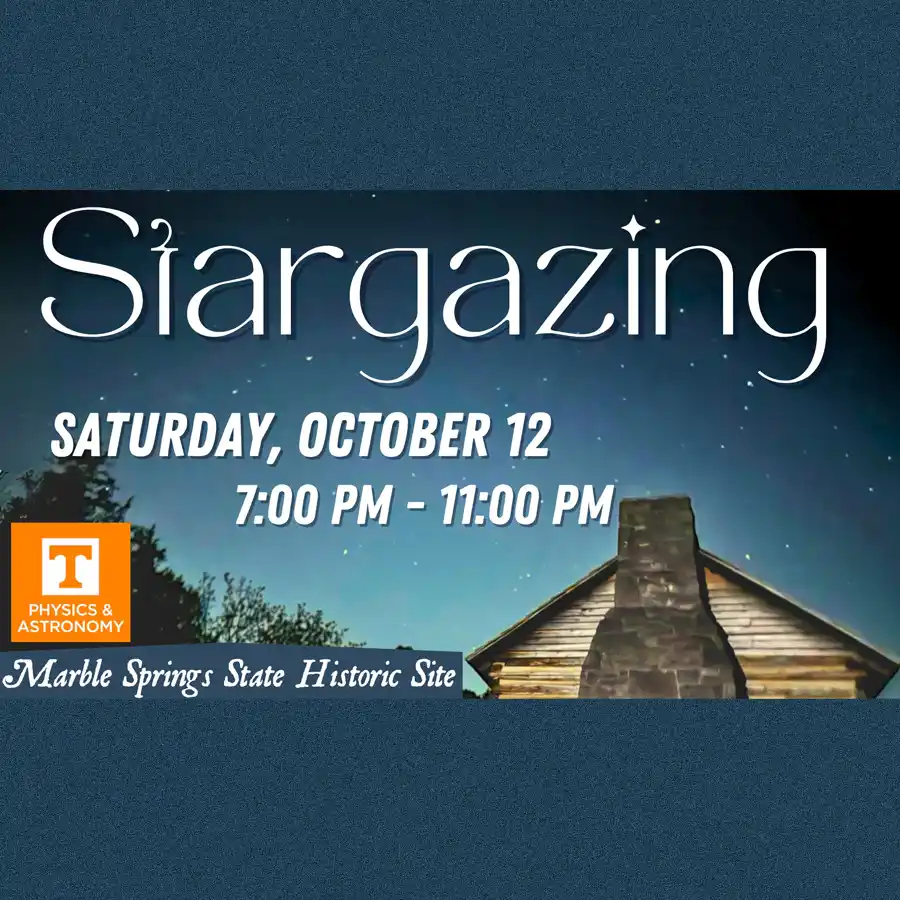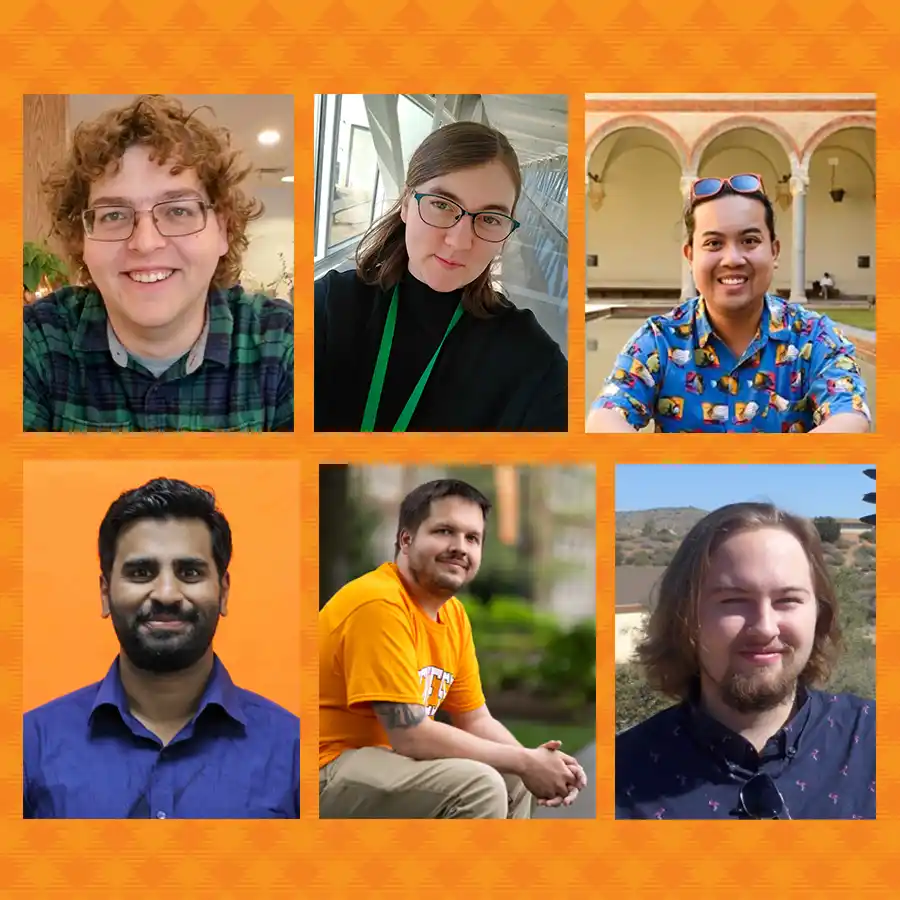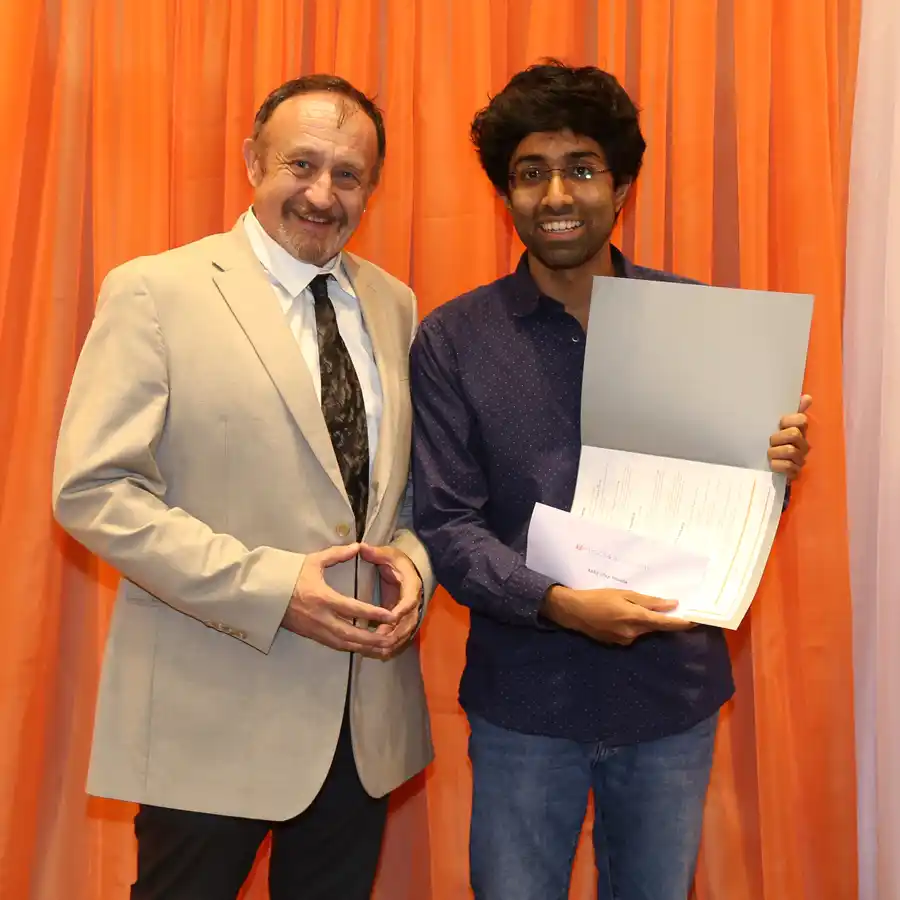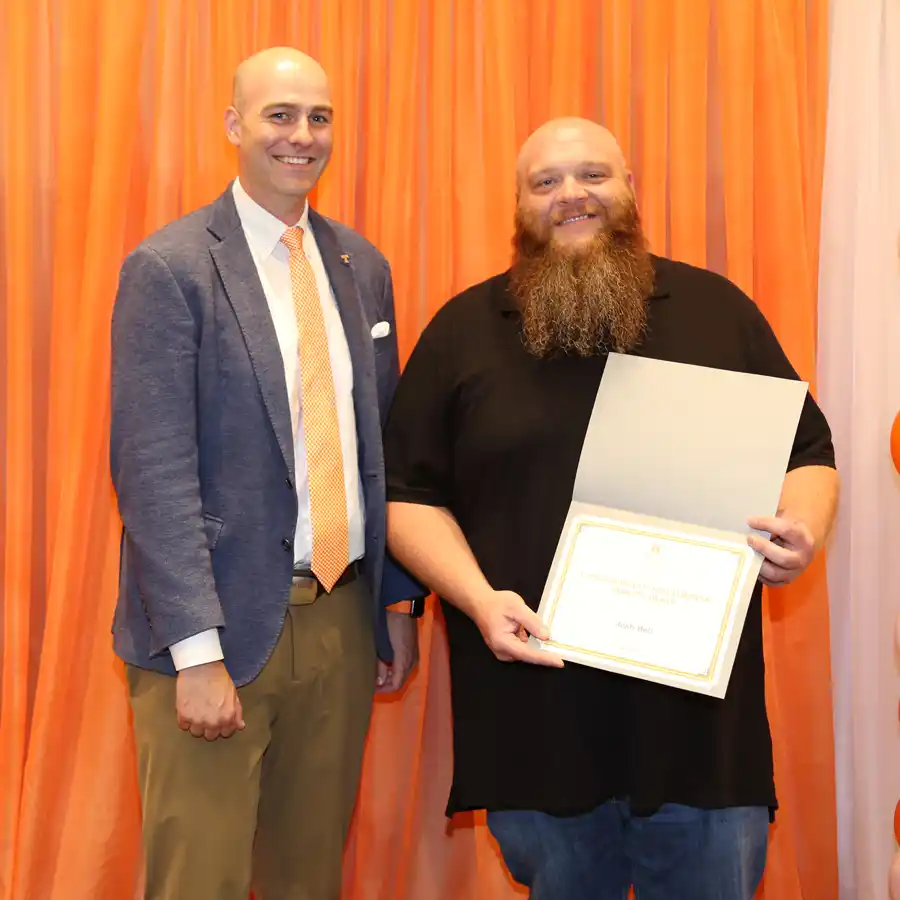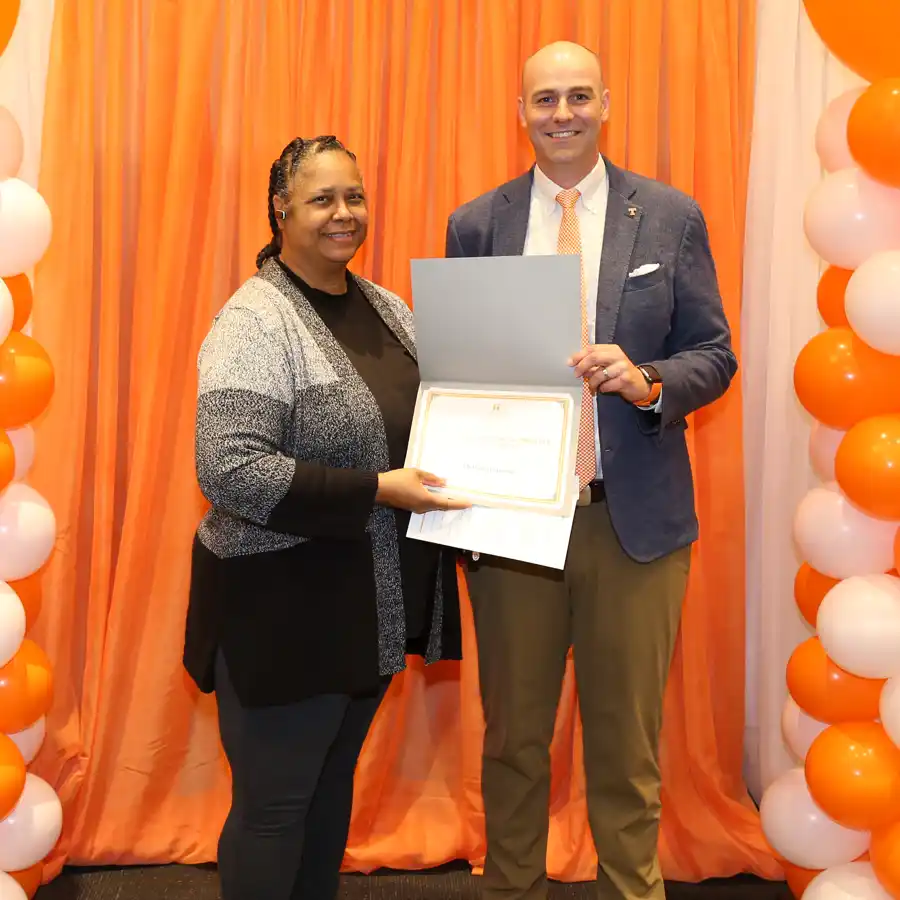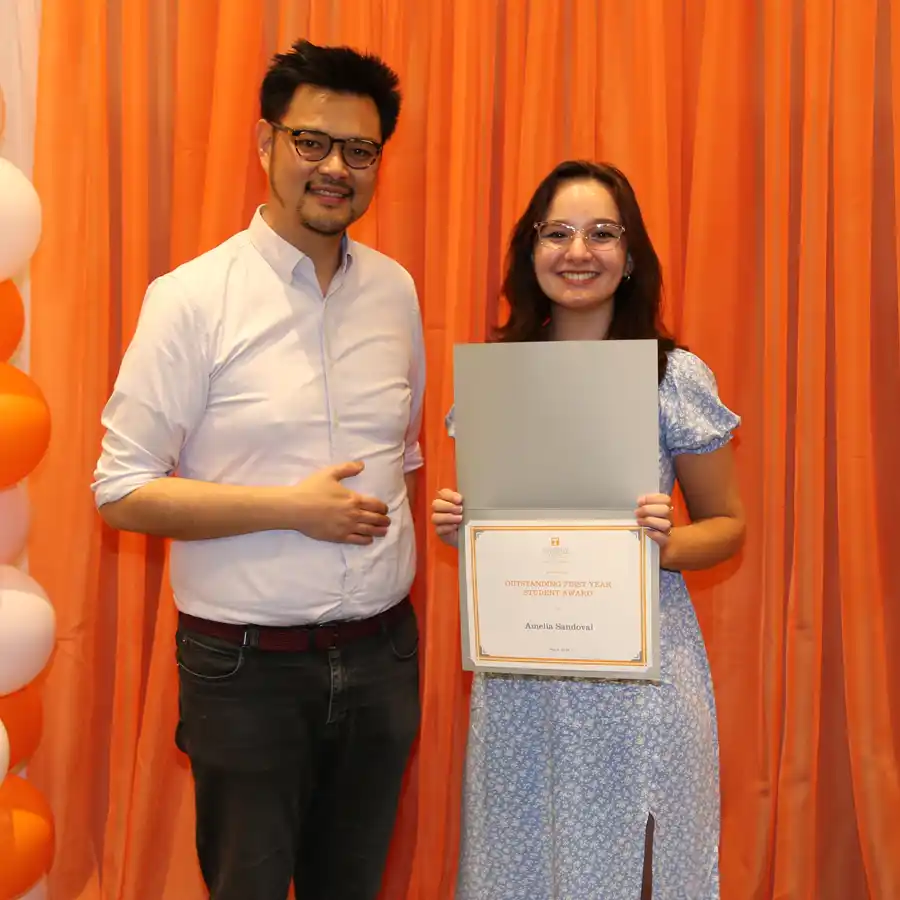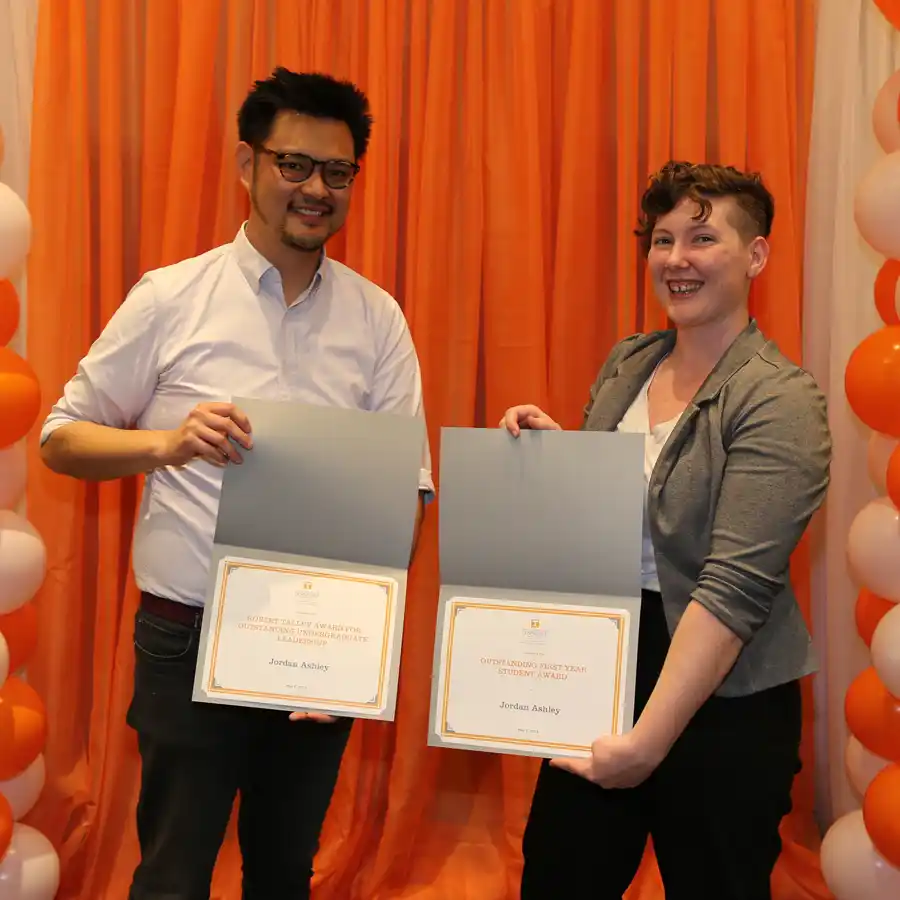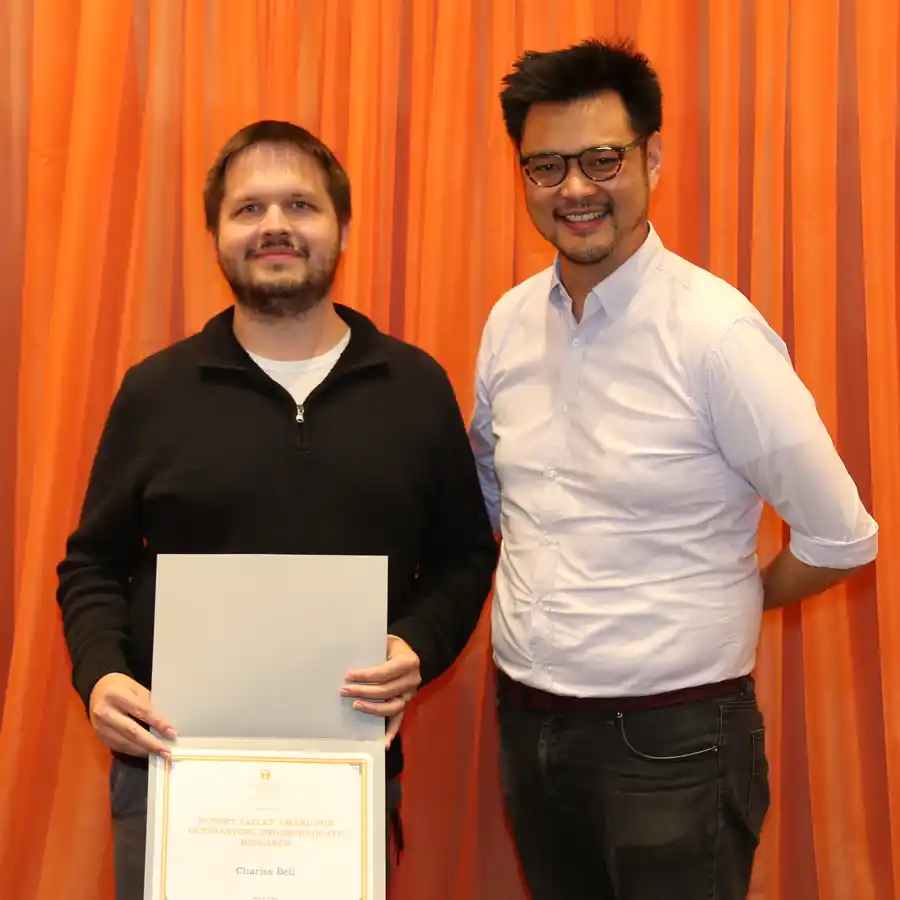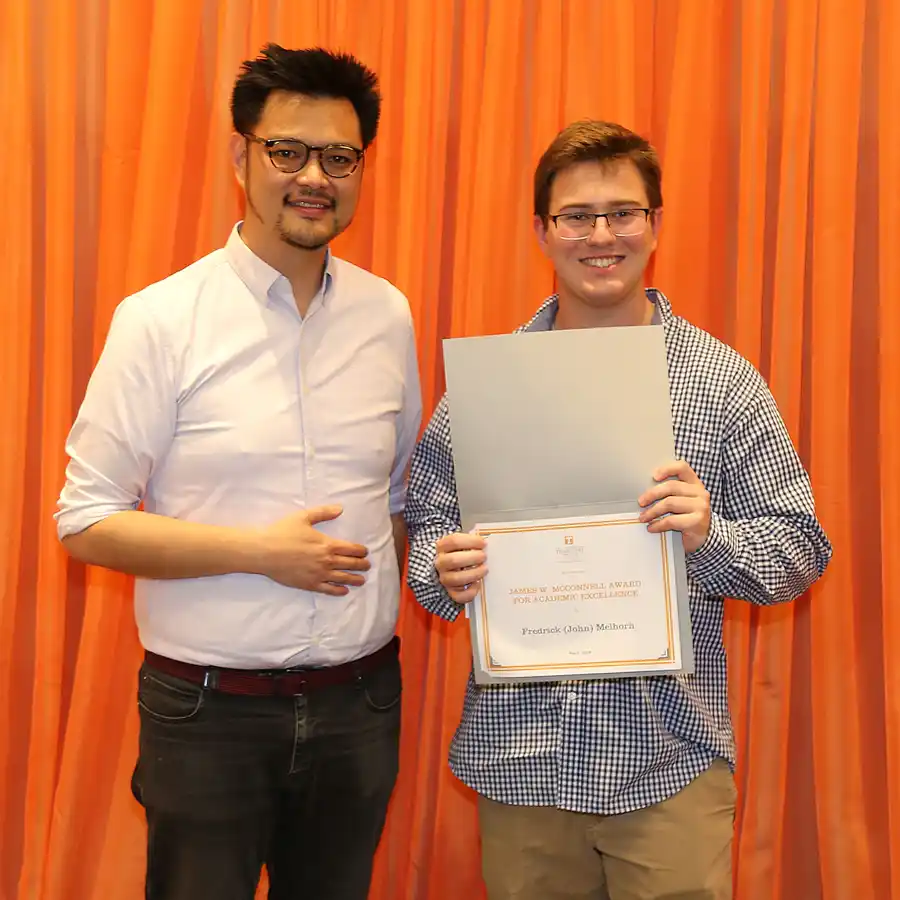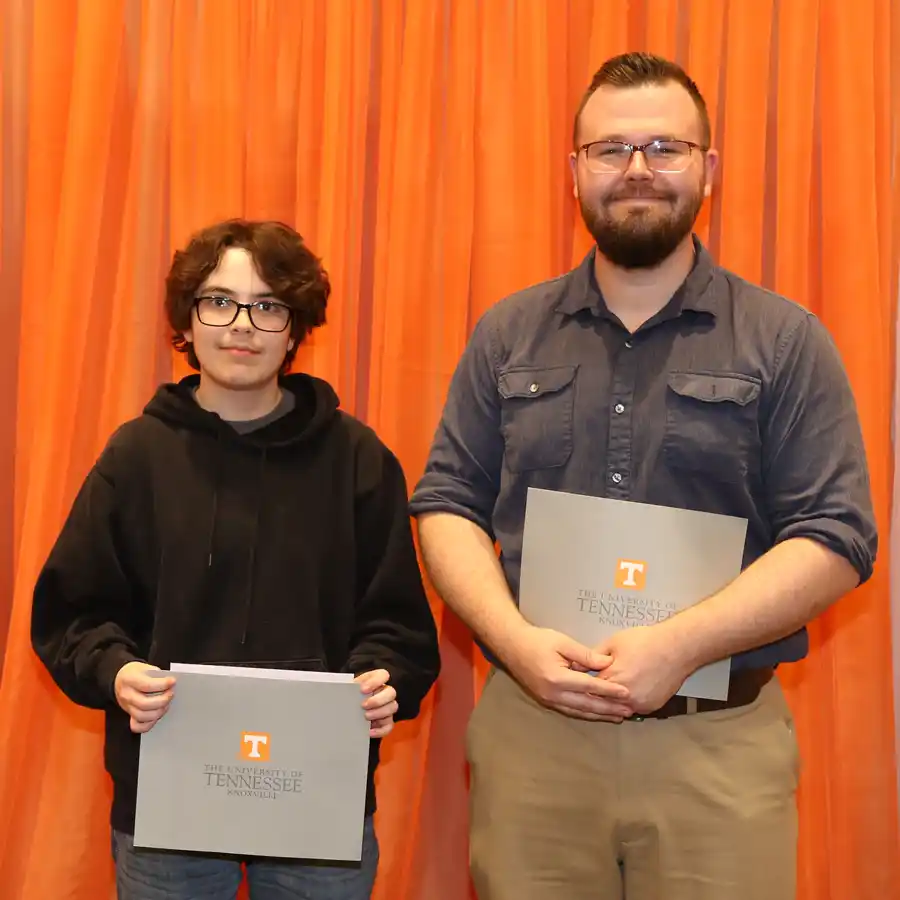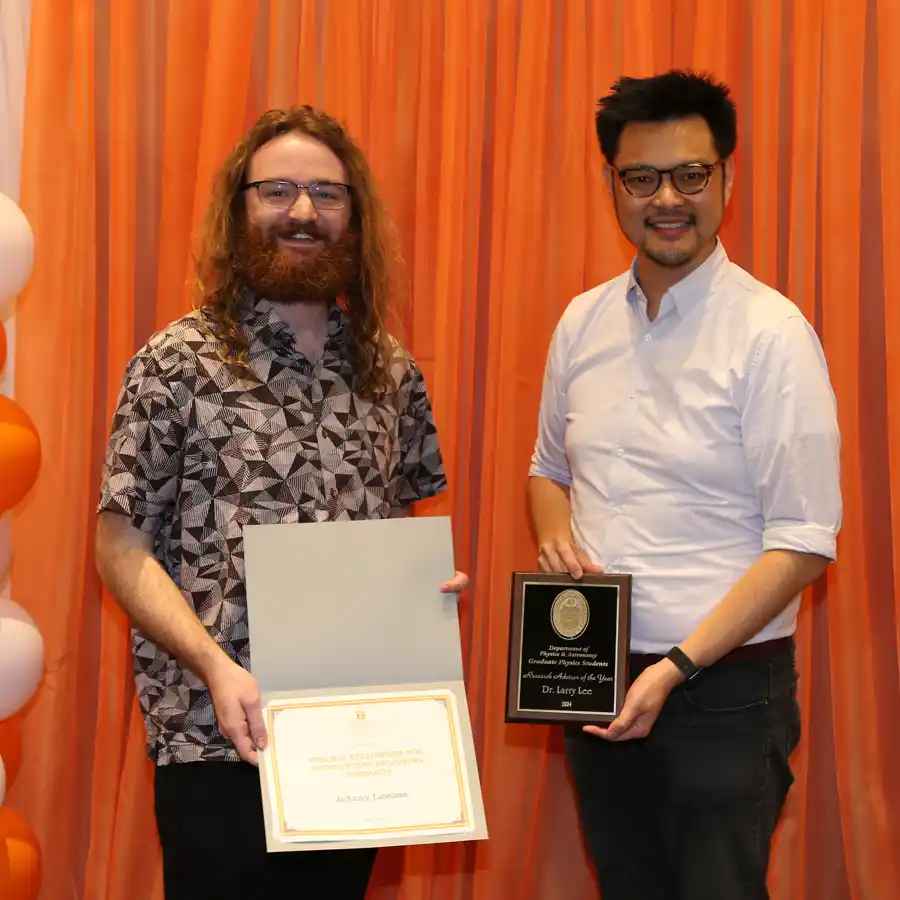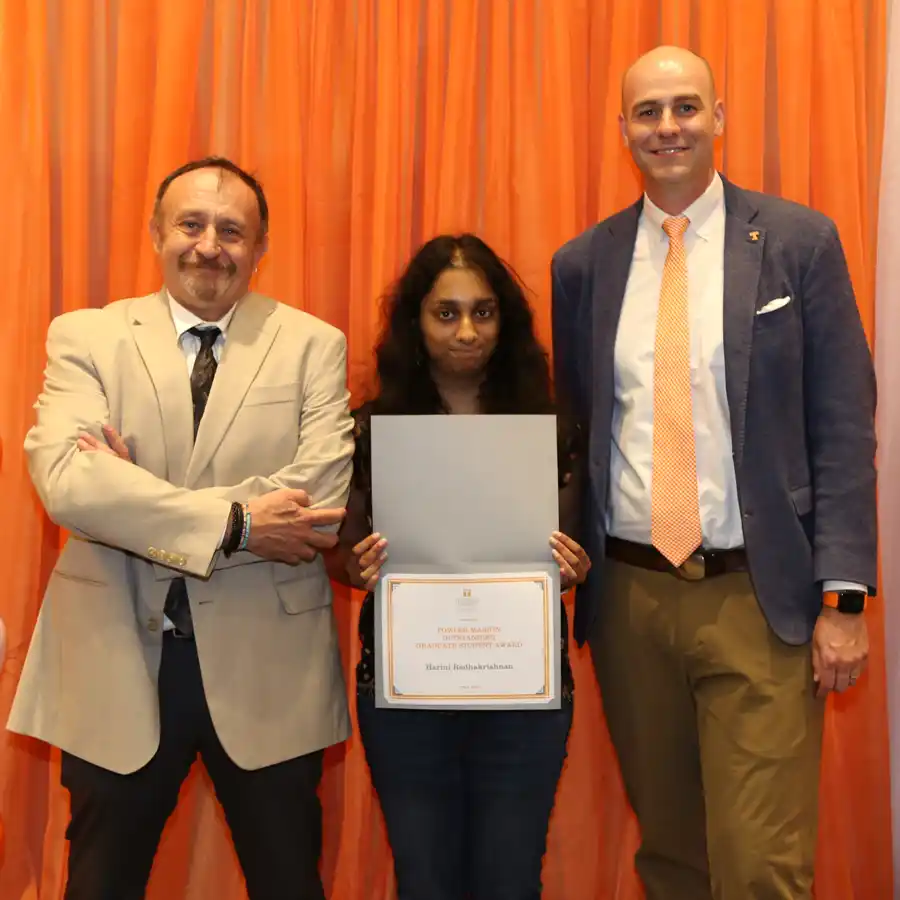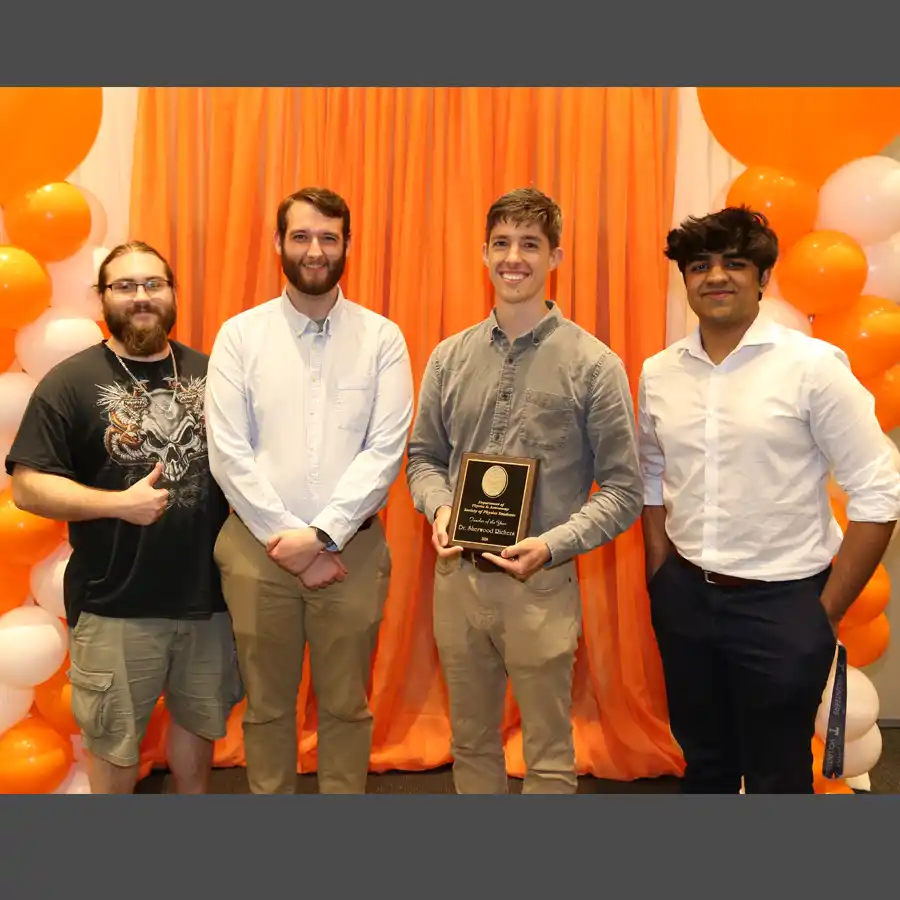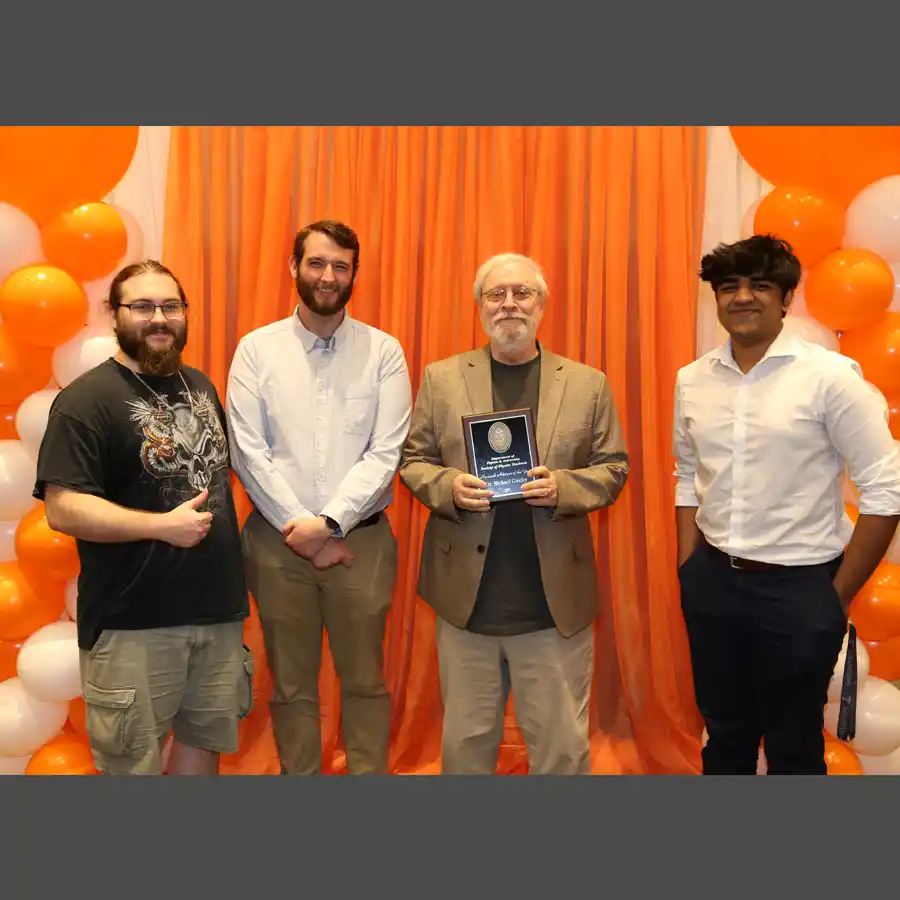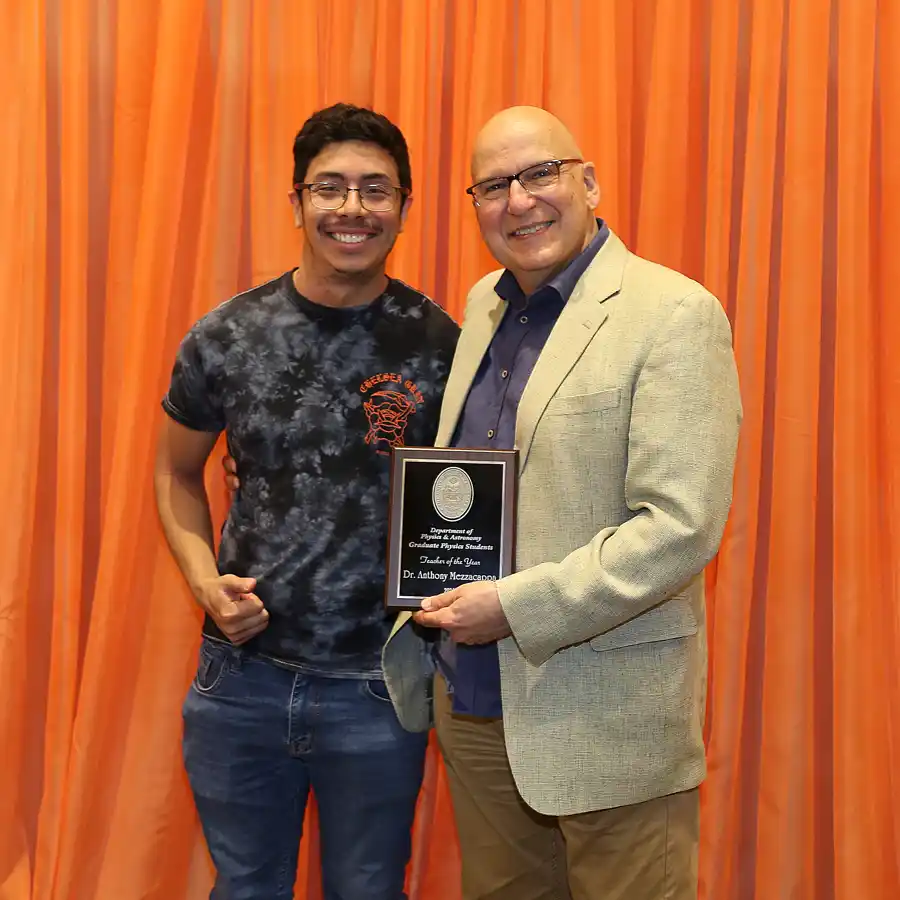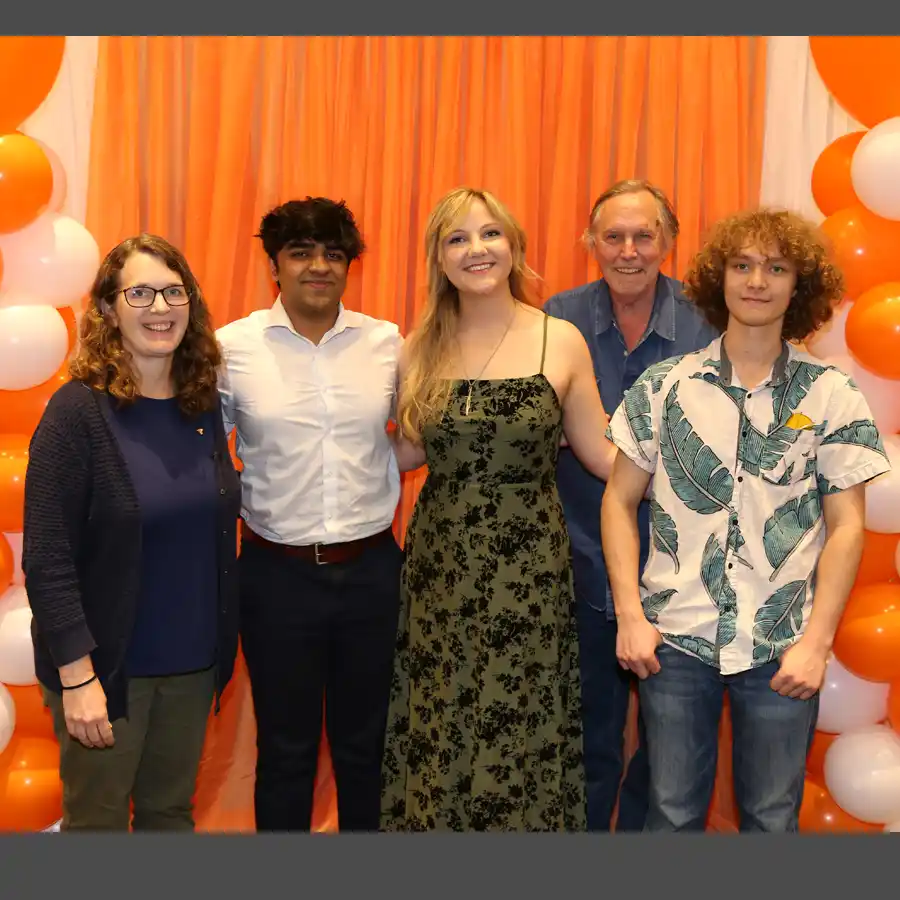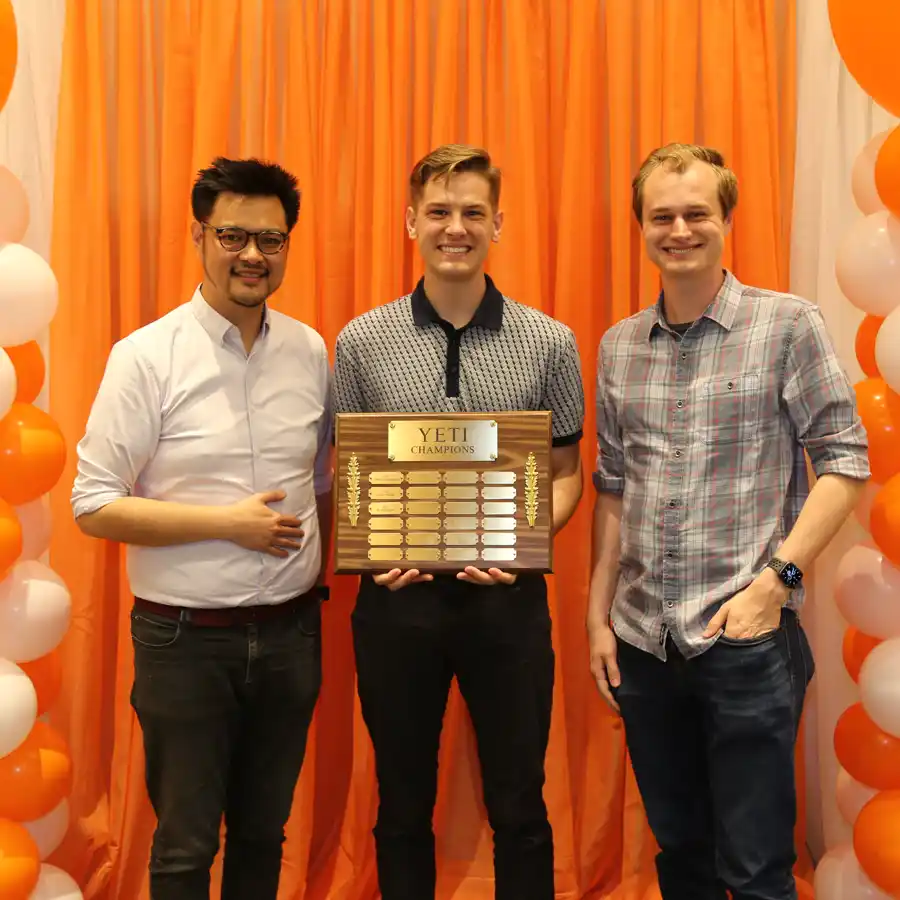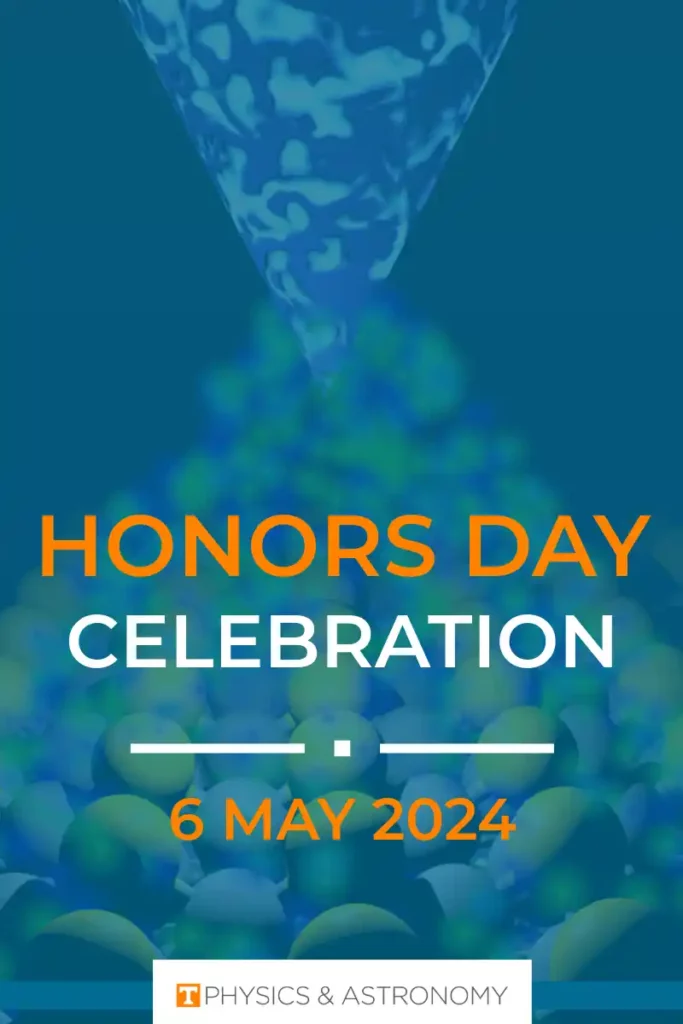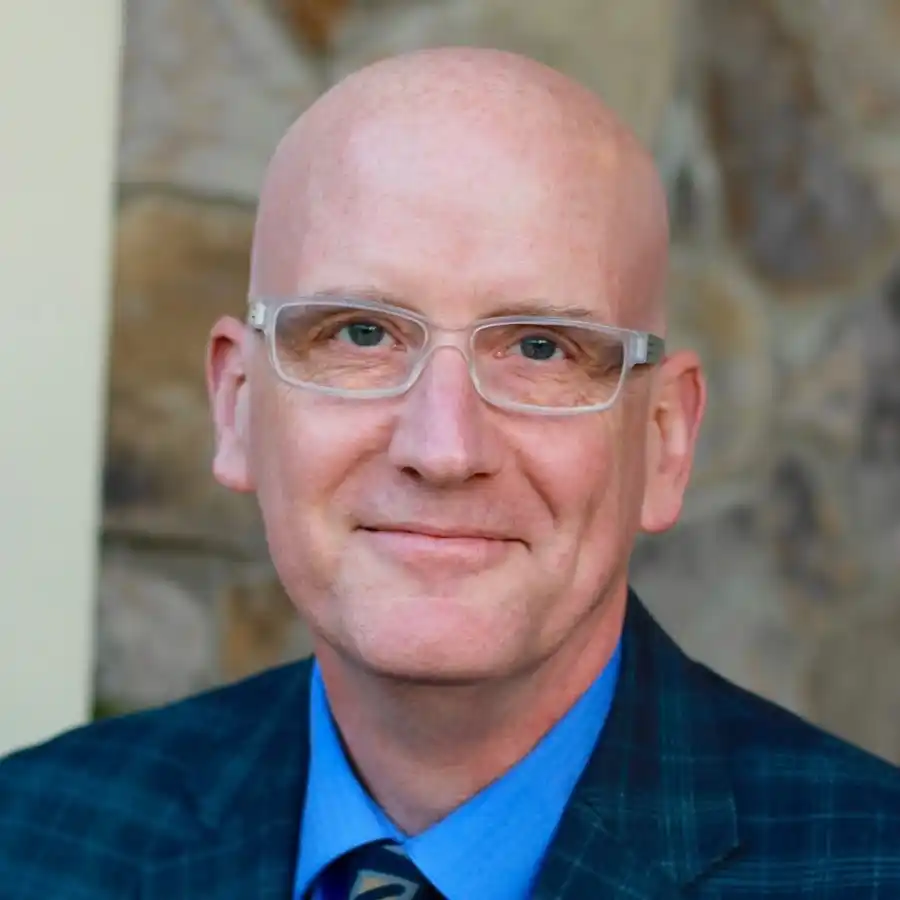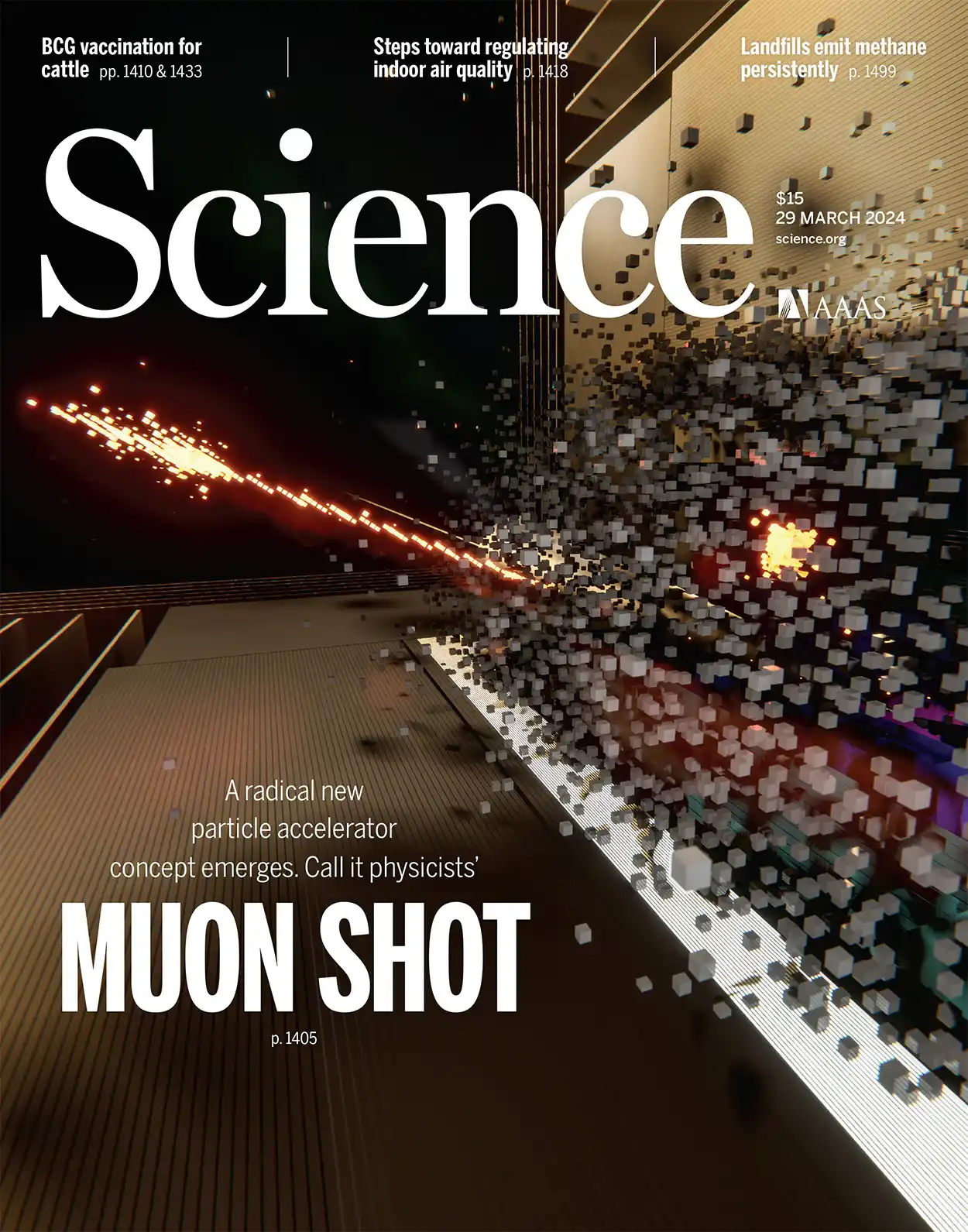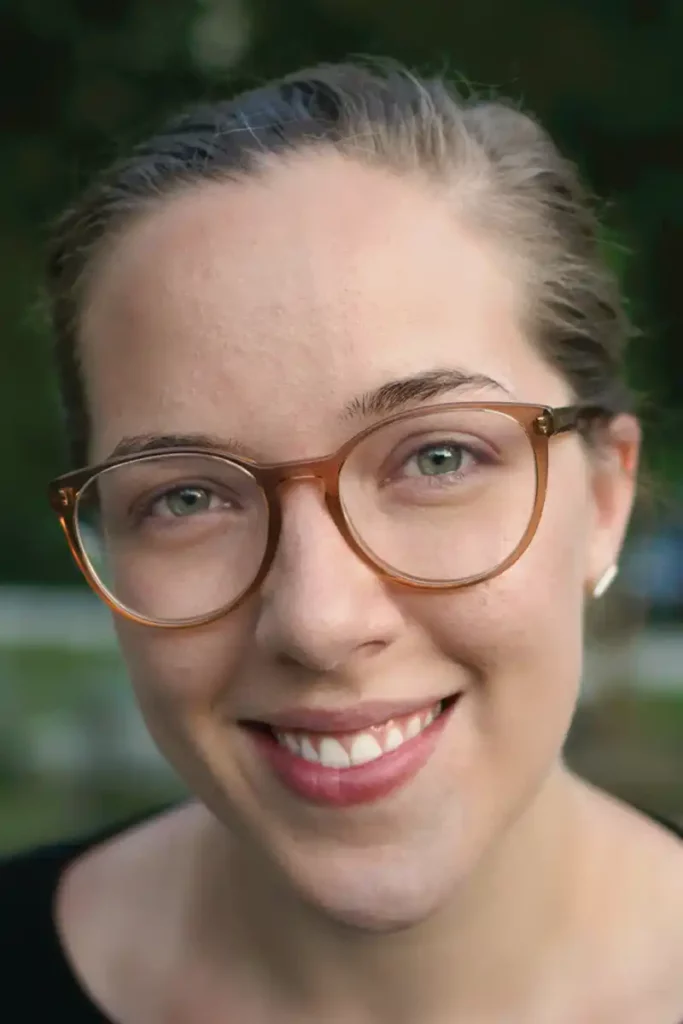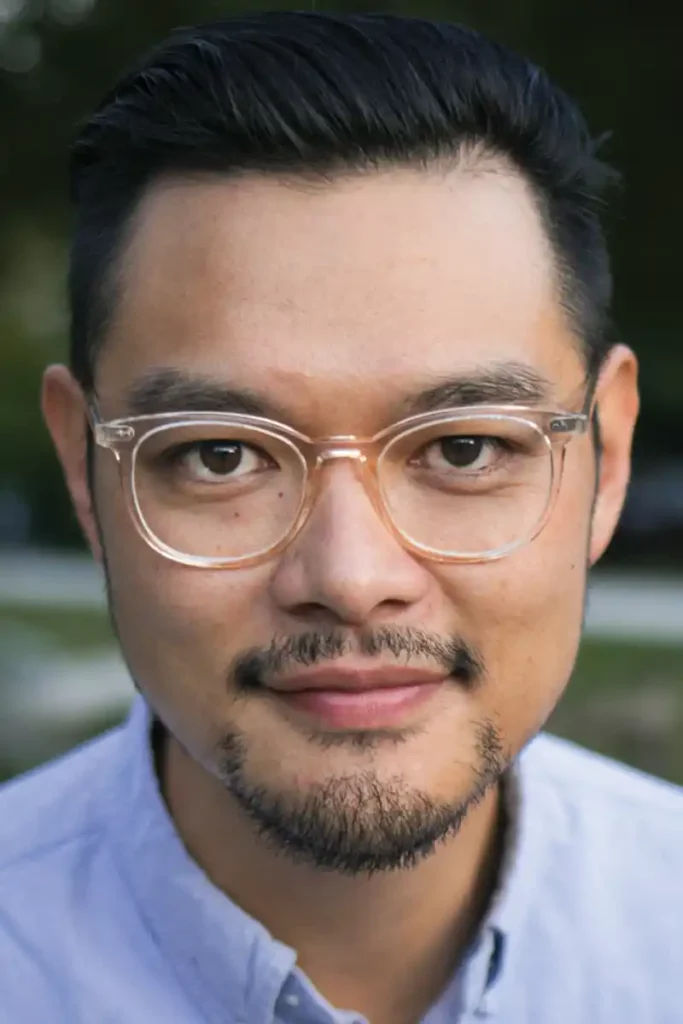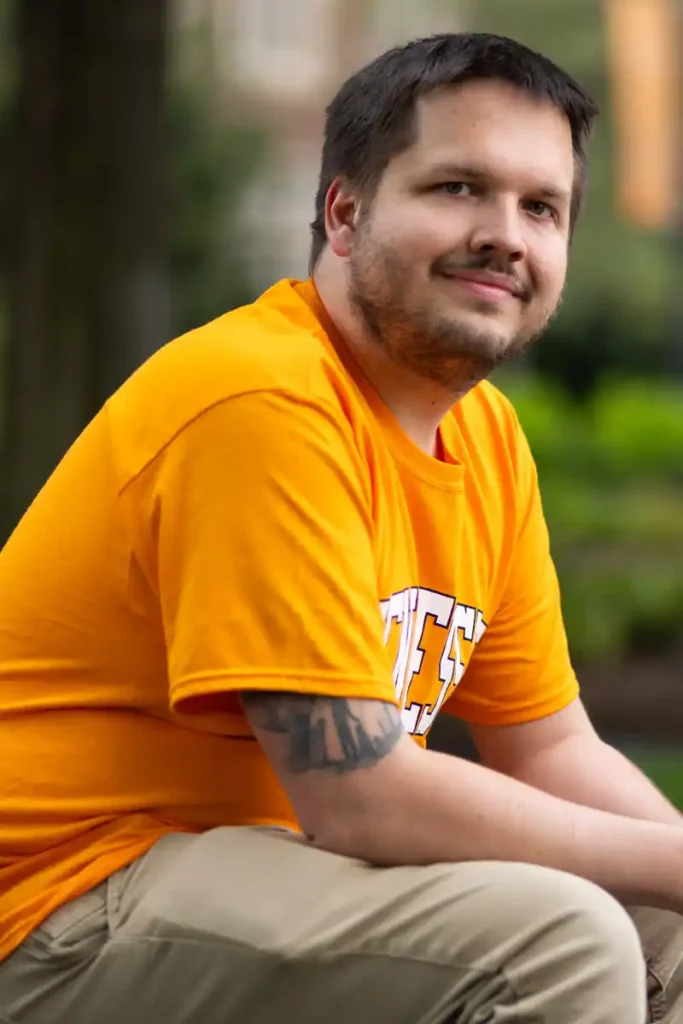Stargazing at Marble Springs
Join us on October 12th from 7:00 PM to 11:00 PM for a magical evening under the stars, hosted by our friends at the Marble Springs State Historic Site.
Come and explore the night sky through high-powered telescopes guided by UT’s expert astronomers. Discover constellations, planets, and other celestial wonders, and if we’re lucky, we might even catch a glimpse of a meteor shower!
Bring a blanket or lawn chair, your sense of wonder, and get ready for an evening of fun and learning. Whether you’re an astronomy buff or just curious, this event is the perfect way to connect with the universe.
This event is FREE and open to all ages. Don’t miss out on another chance to enjoy the stars at Marble Springs—see you there!
Event info: https://www.facebook.com/share/q1qAs93p3gRaHUdY/
